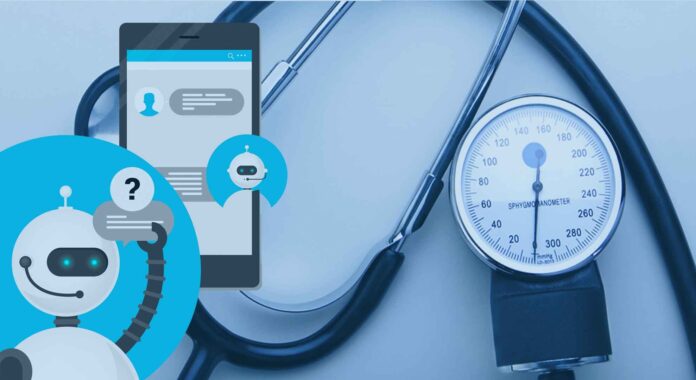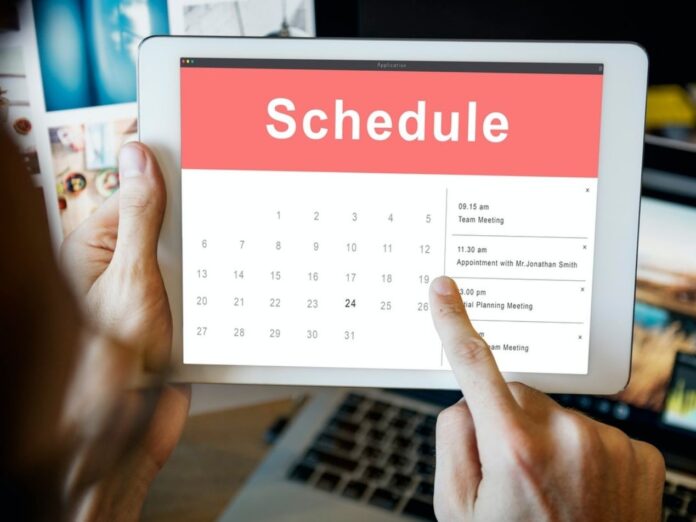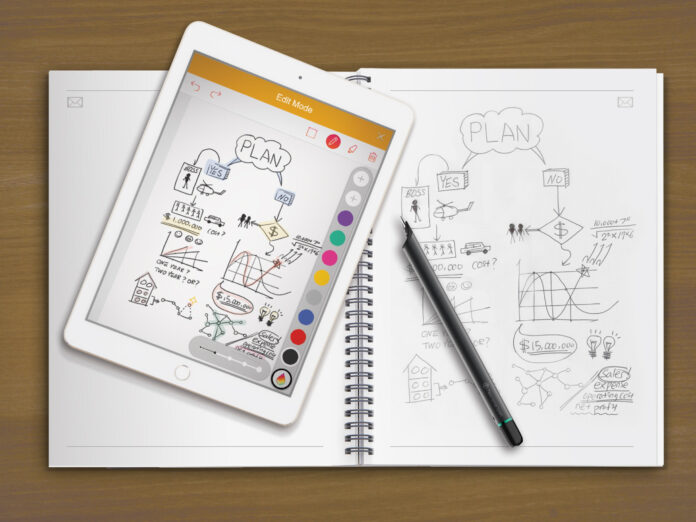There are a lot of different tools and methods to reach out to patients.There are tons of ways that healthcare providers can reach out and try to make patient visits more personal, increase patient satisfaction, and increase your patient total. Here are the top patient engagement tools you need to know.
1. Patient portals
Patient portals are one of the top ways healthcare providers reach out to patients. Some of the benefits of a patient portal are that patients can view their other Healthcare provider’s records, get notifications when their prescription is about to run out, and track appointments on their smartphone or computer. Here is an in-depth look at the different patient portals and why they should be part of your patient engagement strategy.
2. Digital front door
Digital Front Door, or DFD, enables patients to communicate with the practice and communicate with each other. The DFD is where patients can make appointments, refill requests, and view crucial patient information and news. All of this is customized for each patient and keeps them informed.
3. Healthcare chatbots

The healthcare chatbot has a base functionality of responding to simple verbal questions and talking with patients about their check-ups. Chatbots can even determine the patient’s feelings and how they deal with symptoms affecting their mental health. These are all done through natural language processing (NLP), which is the art of understanding human speech and writing.
Making chatbots more easily accessible allows for patients who may not have easy access to telemedicine or virtual visits. These tools can also help patients without as much technological knowledge. A vendor with a very wide variety of healthcare chatbots to check out would be at qliqsoft.com if you want to see if there are any your practice can use.
4. Virtual visits
Virtual Visits are used by third-party providers and can be as simple as a video conference call. Though these do need to conform to HIPAA compliance standards.
5. EMR Integration
An Electronic Medical Records (EMR) integration provides patients with a one-stop shop for all of their healthcare needs and allows them to view health summaries, visit notes, test results, clinic appointments, etc. This makes it easy for the patient to access their provider’s records without the hassle of looking through files in hard copy form. In addition to that, EMR also integrates with other popular software such as Fitbit and other lifestyle applications.
6. Online scheduling

Online scheduling is another tool that helps patients monitor and manage their healthcare. This can be especially useful for busy families who can schedule appointments on their own time. Patients can also set reminders and track their appointment start and end times.
7. Mobile apps
Mobile apps are another tool to help patients manage their healthcare. Patients can keep track of their schedule and dosage reminders on their phones and even share this information with their families. Health apps are also available for both Android and iPhone users.
8. Appointment Reminders
Appointment reminders are helpful tools for patients who are often running late. These systems allow the patient to set reminders on their phone and watch as they approach the appointment time. In addition, these systems can send changes to the provider so that they can move things up or move them back if necessary.
9. Telemedicine
Telemedicine is essentially the delivery of healthcare remotely. This can be as simple as a video conference call or more advanced such as through digital health devices. Telemedicine also allows doctors to collaborate on patient care with specialists that may not be located in the same area.
10. Payment Plans
The payment plan feature is helpful for patients who may not have the necessary funds to pay for their healthcare costs at once. If a patient visits a doctor’s office and does not have the funds, the office can take it upon themselves to make some type of payment plan for that patient. Provider offices can also use the payment plan feature to remind patients that they do have outstanding balances and need to send in payments or when they are due.
11. Electronic Prescribing

Electronic Prescribing is another way that providers reach out to patients. Using this tool, patients can fill out a prescription via the computer and send it back to their doctor. This speeds up the prescription process and helps eliminate the need to physically go to the pharmacy.
12. Virtual waiting rooms
Virtual waiting rooms allow patients to access their provider’s records and view test results or wait times at the same time. Virtual waiting rooms are available in both private and public healthcare venues.
13. Mobile Pharmacy Calendar
The mobile pharmacy calendar app is another tool that healthcare providers can use to contact patients and remind them of their health needs. This helps the patient track when they need to refill, which can also get them refilled a few days early if needed. The app also includes other features, including the ability for users to refill their prescriptions from home, fill their prescriptions through their local pharmacy, and view prescription expiration dates.
14. Live Texting
Live texting is a method that providers can use to get their patients the help they need. This can be only one-way communication or a combination of methods, including emails, automated text messages, and sometimes even phone calls. It also allows patients unable to attend an appointment during network hours to request an appointment through these mechanisms.
15. Digital Handwritten Note

A digital handwritten note feature allows doctors to send notes and reminders right over to their patients’ phones by taking a picture of their paper notes and sending them over. This helps doctors who may not always have time to type out reminders and means that patients will never miss any critical information from their physicians.
16. Scheduled Video Visits
Scheduled video visits are a type of virtual visit used by third-party providers. They allow providers to schedule video sessions on their own time and give patients the convenience of receiving their healthcare at home. These can also be scheduled with specialists across the country, which would not have been possible before these systems were made available.
17. Online Support Groups
Online support groups are a helpful tool that can help patients get the support they need in managing their health and lifestyle. These groups can be moderated by medical professionals or sometimes even a computer program if necessary.
18. Online Drug Programs
 Source: ourpobal.com
Source: ourpobal.com
Online drug programs are helpful tools that allow patients to access their drug programs on a computer. They allow users to refill prescriptions and check the status of their benefits. Several different types of drug programs are available, including Medicaid, Medicare Part D, the Department of Veteran Affairs (VA), the Patient Assistance Program (PAP), and the Children’s Health Insurance Program (CHIP).
19. Wearable Tracking Technology
Wearable tracking technology is a type of wearable device used by patients to track their health and well-being. Various types of wearable technologies can be used to make measuring and monitoring patient data easier.




